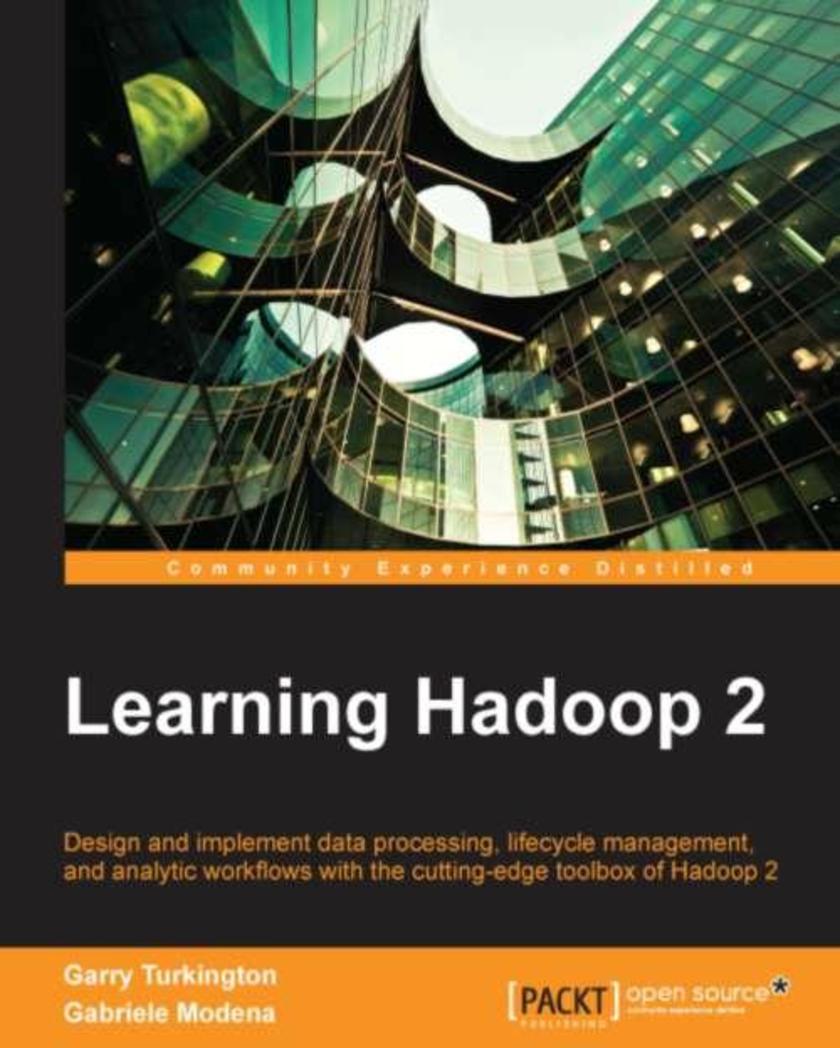
Learning Hadoop 2
¥90.46
If you are a system or application developer interested in learning how to solve practical problems using the Hadoop framework, then this book is ideal for you. You are expected to be familiar with the Unix/Linux command-line interface and have some experience with the Java programming language. Familiarity with Hadoop would be a plus.
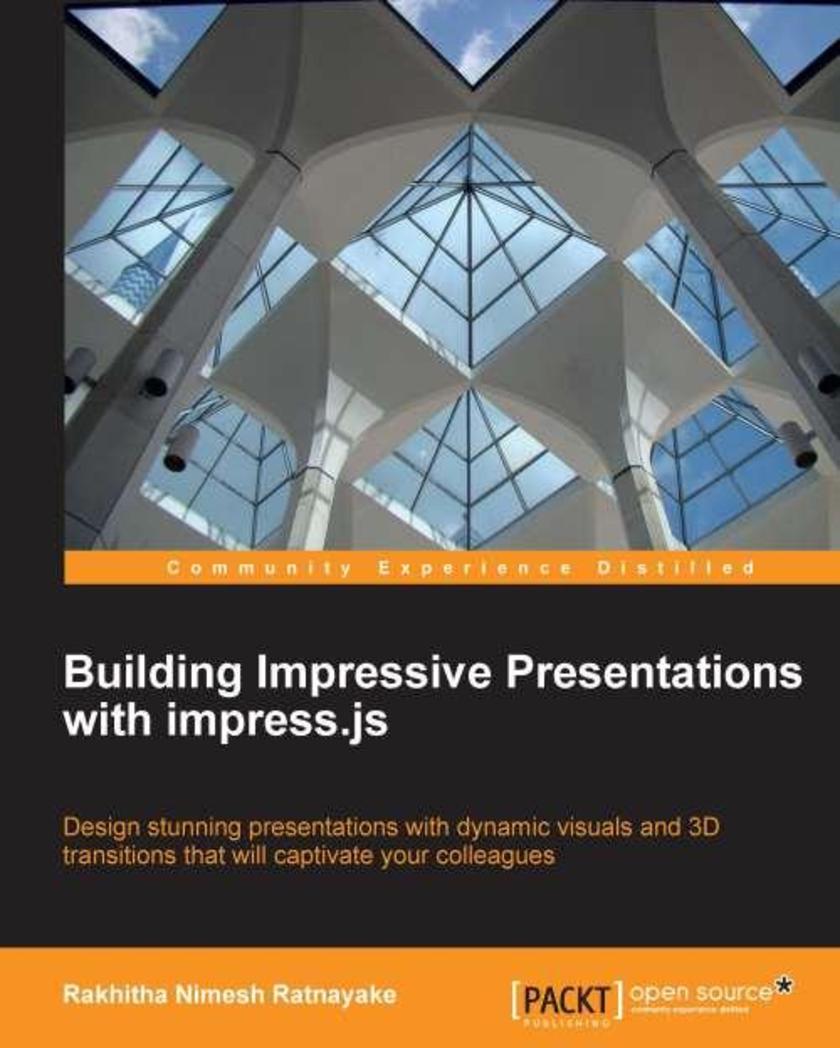
Building Impressive Presentations with Impress.js
¥45.77
This book gives you exactly what you need, exactly when you need it. Using easy-to-follow practical examples, this guide takes you from simple presentations to complete websites in no time. If you want to engage your audience on a level not previously possible on software such as PowerPoint or Prezi, then this book is for you. With basic knowledge of HTML, CSS, and JavaScript you can start making presentations that truly Impress.
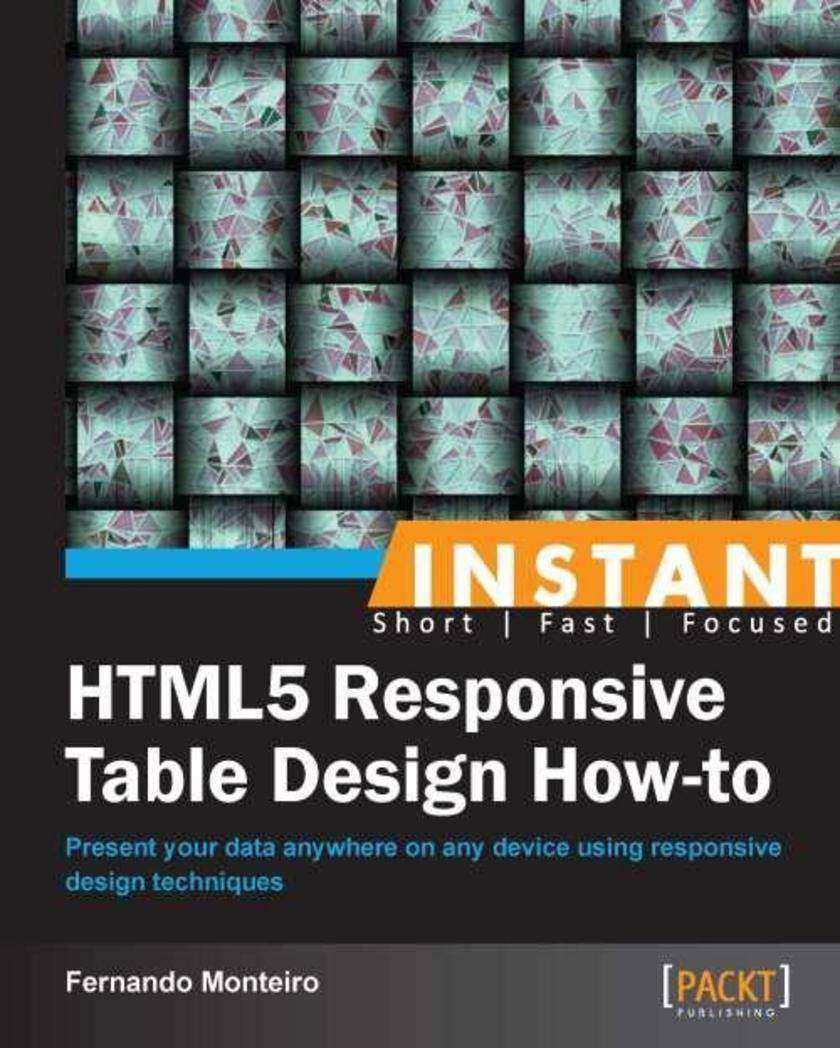
Instant HTML5 Responsive Table Design How-to
¥41.41
Filled with practical, step-by-step instructions and clear explanations for the most important and useful tasks.A practical guide to building responsive tables optimized for any device. Filled with quick recipes that cover responsive design techniques and make use of open source tools that will make your data easy to understand regardless of device. If you, like so many other developers, are struggling to show data across all devices, this book is for you. Dive into responsive design and master one of the trickiest aspects. You don't need to be an expert; you just need to know the basics of web development.
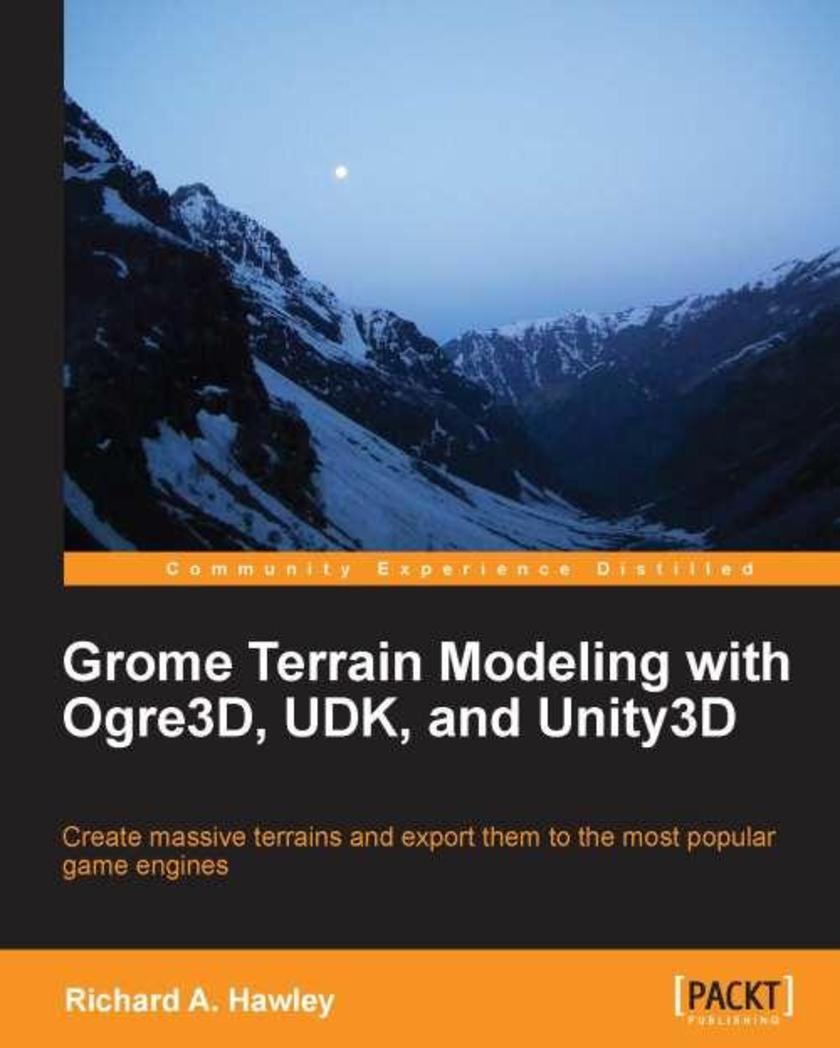
Grome Terrain Modeling with Ogre3D, UDK and Unity3D
¥54.49
This book is a practical guide with examples and clear steps to explain terrain modeling with Grome. If you’re a developer or artist looking for a guide to walk you through GROME 3.1, then this book is for you. This book will help you from the first step to exporting a terrain as a workable art asset in a game engine.
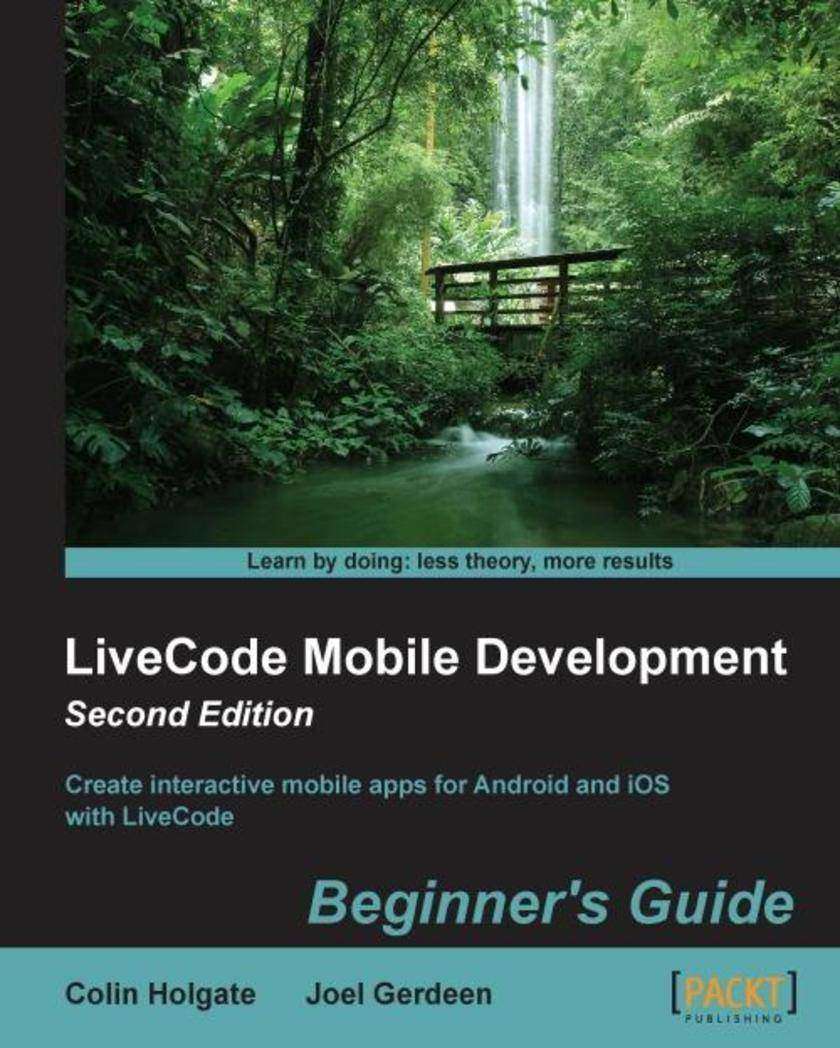
LiveCode Mobile Development: Beginner's Guide - Second Edition
¥90.46
The ideal reader for this book would be someone who already knows LiveCode, is interested in creating mobile apps, and wants to save the many hours it took for me to track down all of the information on how to get started! Chapter 1, LiveCode Fundamentals, will help those of you who know programming but are not familiar with LiveCode. The knowledge you've acquired should be enough for you to benefit from the remainder of the book.
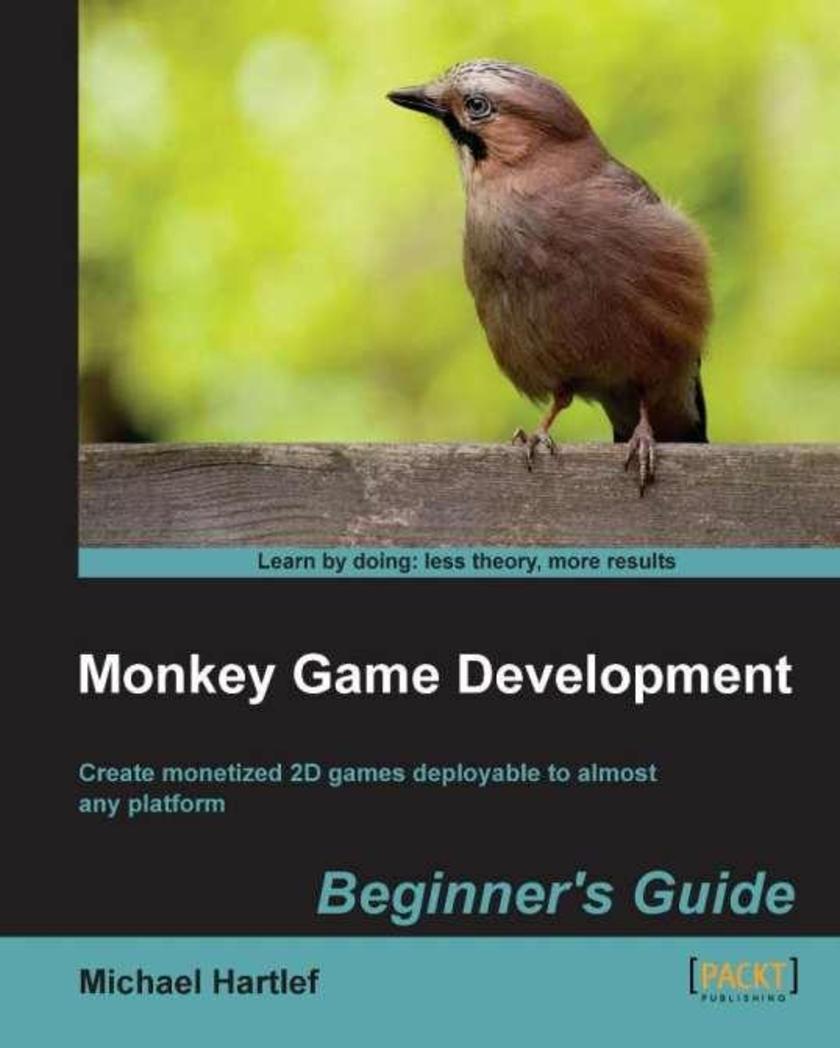
Monkey Game Development Beginners Guide
¥90.46
The first two chapters will provide you with grounding in Monkey. In each subsequent chapter you will create a complete game deployable to either iOS, Android, HTML5, FLASH, OSX, Windows and XNA. The last chapter will show you how to monetize the games so you can be commercially successful in the app development world. Do you want to quickly create games deployable to all the major desktop and mobile platforms?, if so look no further. You will learn how to utilize the highly versatile Monkey compiler to create 2d games deployable almost anywhere. No game development or programming experience is required.
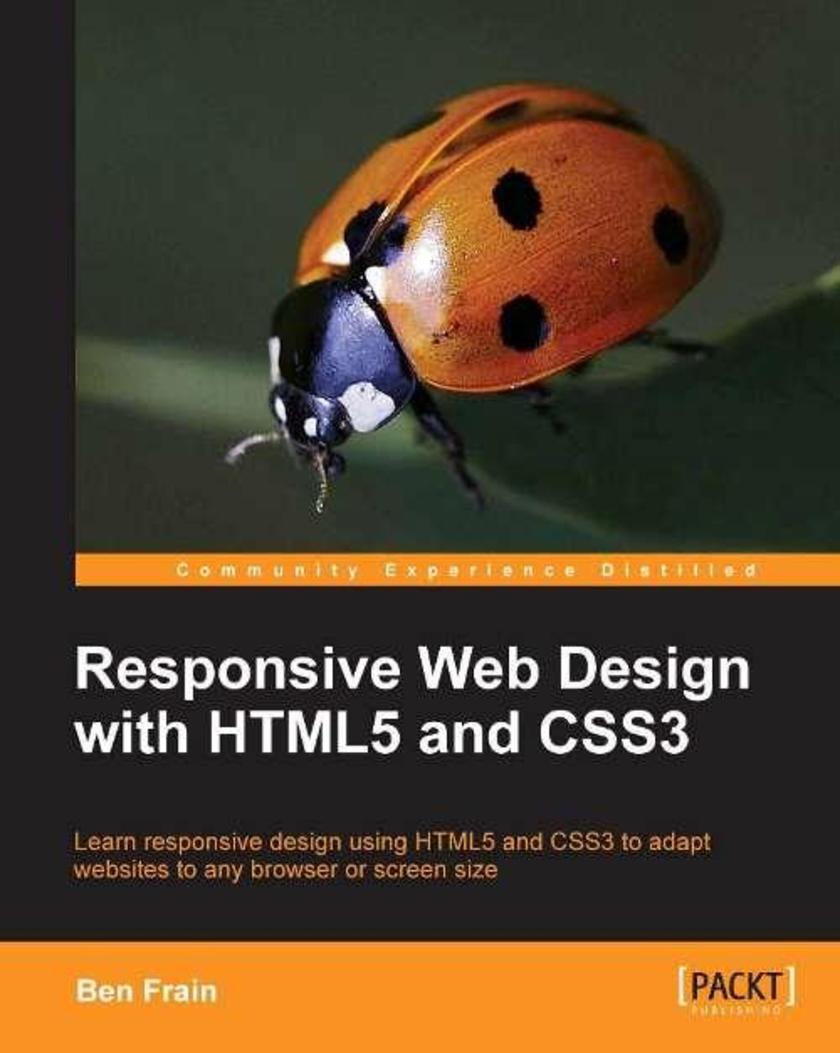
Responsive Web Design with HTML5 and CSS3
¥71.93
This book will lead you, step by step and with illustrative screenshots, through a real example. Are you writing two websites – one for mobile and one for larger displaysOr perhaps you’ve heard of Responsive Design but are unsure how to bring HTML5, CSS3, or responsive design all together. If so, this book provides everything you need to take your web pages to the next level – before all your competitors do!
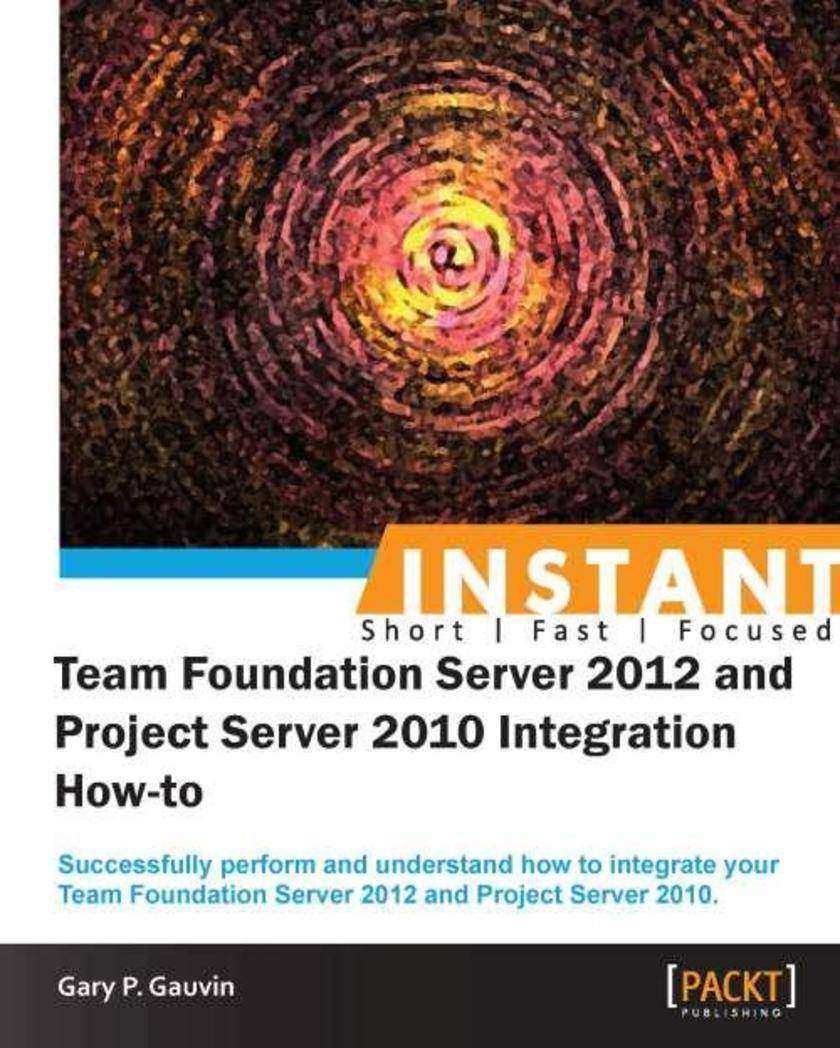
Instant Team Foundation Server 2012 and Project Server 2010 Integration How-to
¥45.77
Filled with practical, step-by-step instructions and clear explanations for the most important and useful tasks. Get the job done and learn as you go. A how-To book with practical recipes accompanied with rich screenshots for easy comprehension.The How-to style is a very practical book which will take the reader through the process of garnering a basic understanding of TFS and Project Server with practical tutorials and recipes.This book is for users who want to integrate TFS 2012 and Project Server 2010. Readers are expected to know some basic Windows Server commands and account management, and have administrative access to the servers being configured.
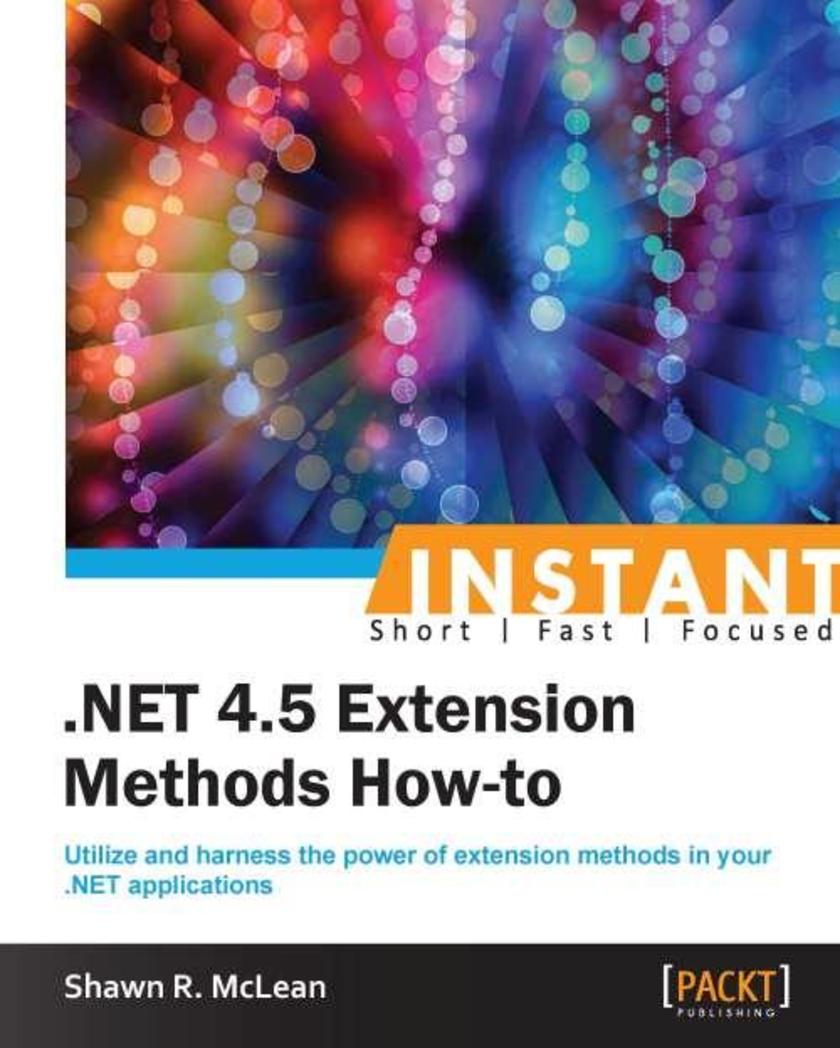
Instant .NET 4.5 Extension Methods How-to
¥50.13
Filled with practical, step-by-step instructions and clear explanations for the most important and useful tasks.The book is packed with quick recipes on creating and extending extension methods in your .NET applications. This book is for developers in C# and the .NET framework, with a basic understanding of language syntax and OOP concepts. Readers are expected to have some experience in finding their way around Visual Studio.
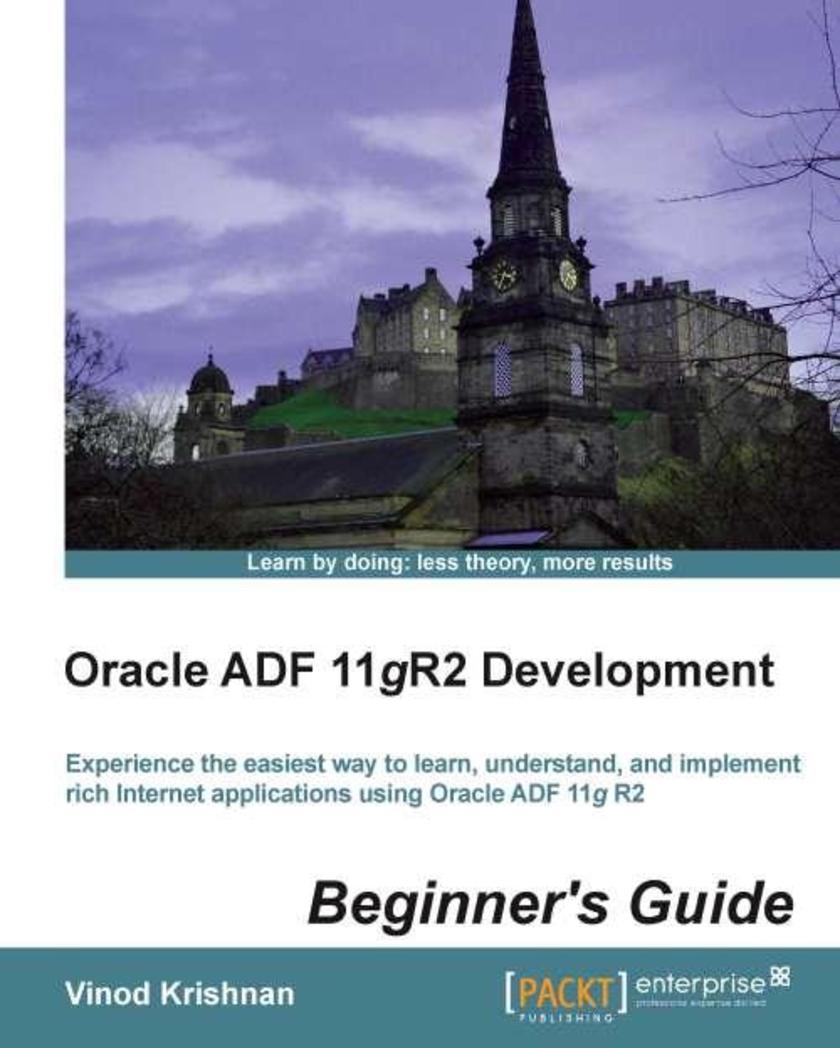
Oracle ADF 11gR2 Development Beginner's Guide
¥90.46
"Oracle ADF 11gR2 Development Beginner's Guide" will cover the basics of Oracle ADF 11g development and will then work through more complex topics as the reader gains more skills. This book will follow a tutorial approach with the content and tasks getting more advanced throughout. This book is intended for beginners who know a little about Java programming and would like to learn how to develop rich web applications using the Oracle Application Development Framework.
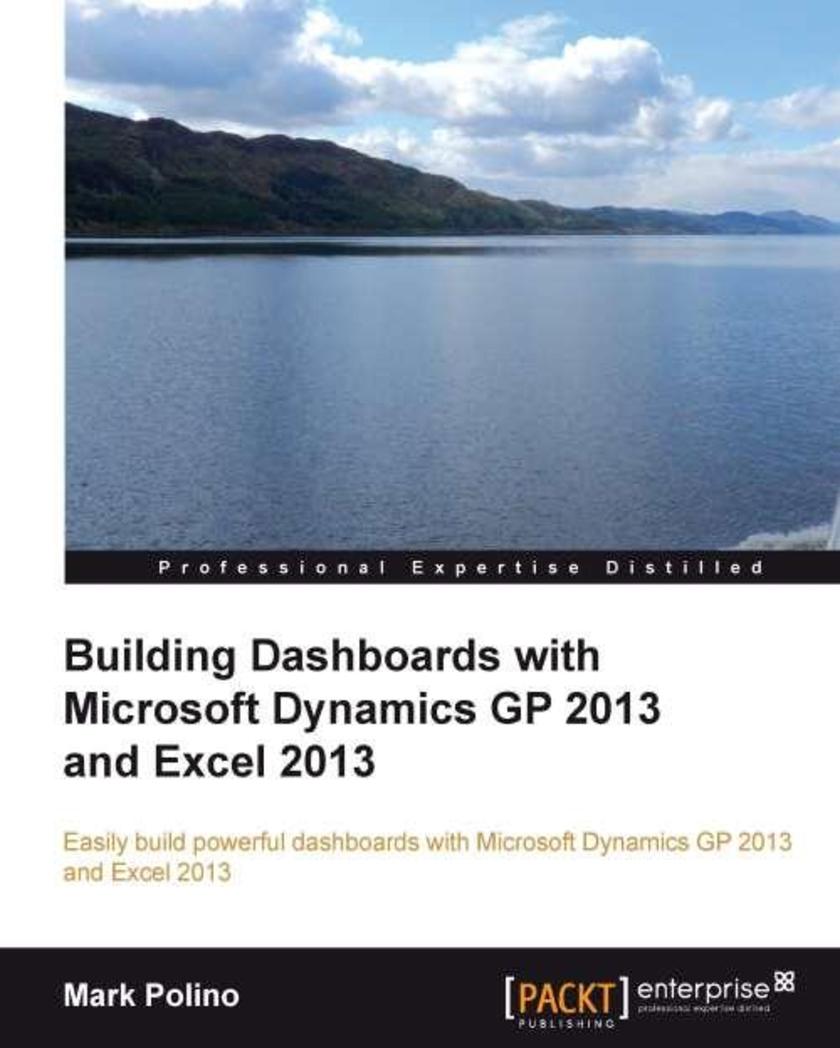
Building Dashboards with Microsoft Dynamics GP 2013 and Excel 2013
¥90.46
Follow real-life, step-by-step examples that provide the building blocks to build engaging dashboards. This practical guide is all about doing. Get your data, open up Excel, and go! You don't need to be an expert to get the most out of your Dynamics GP implementation and build great-looking, easily maintained dashboards using Microsoft Excel. If you have a working knowledge of Dynamics and Excel you'll be producing amazing dashboards in hours not days.
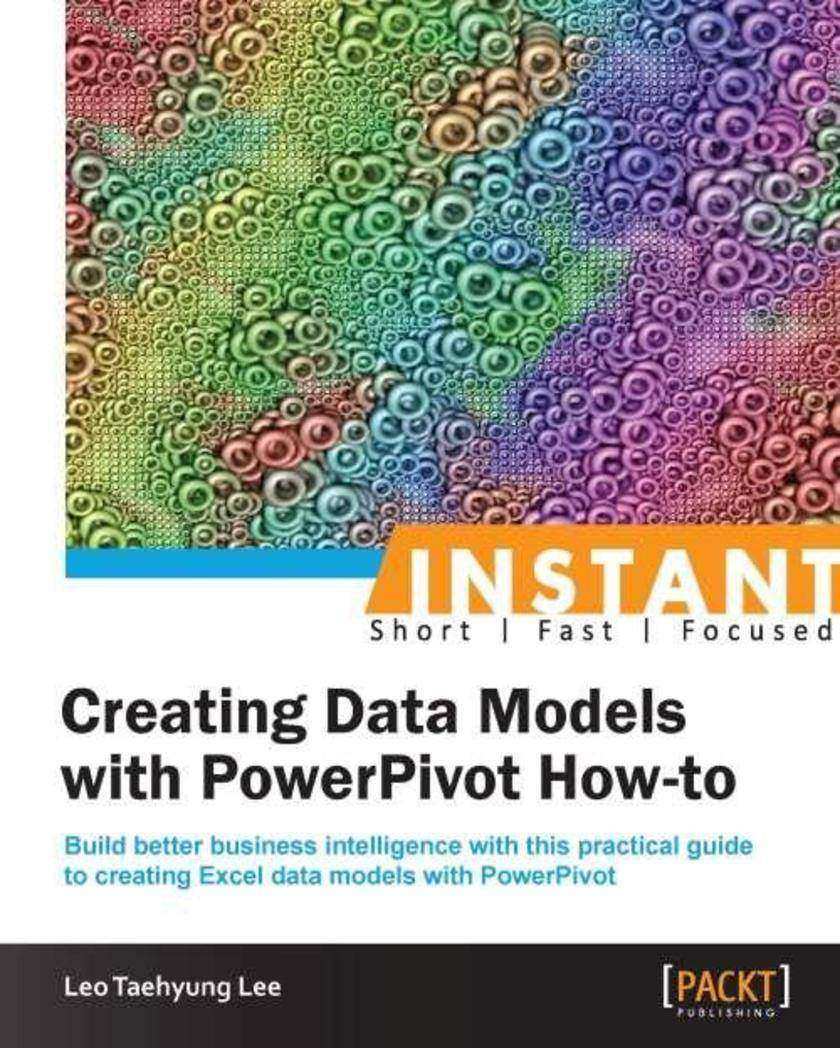
Instant Creating Data Models with PowerPivot How-to
¥41.41
Filled with practical, step-by-step instructions and clear explanations for the most important and useful tasks. This is a practical, recipe-based book, taking the reader through the hands-on steps required to set up and use PowerPivot with as little fuss as possible. This is an introductory book on PowerPivot for basic Excel users who handle lots of data and are willing to go beyond the limitations of Excel without the need to learn a new language from scratch.
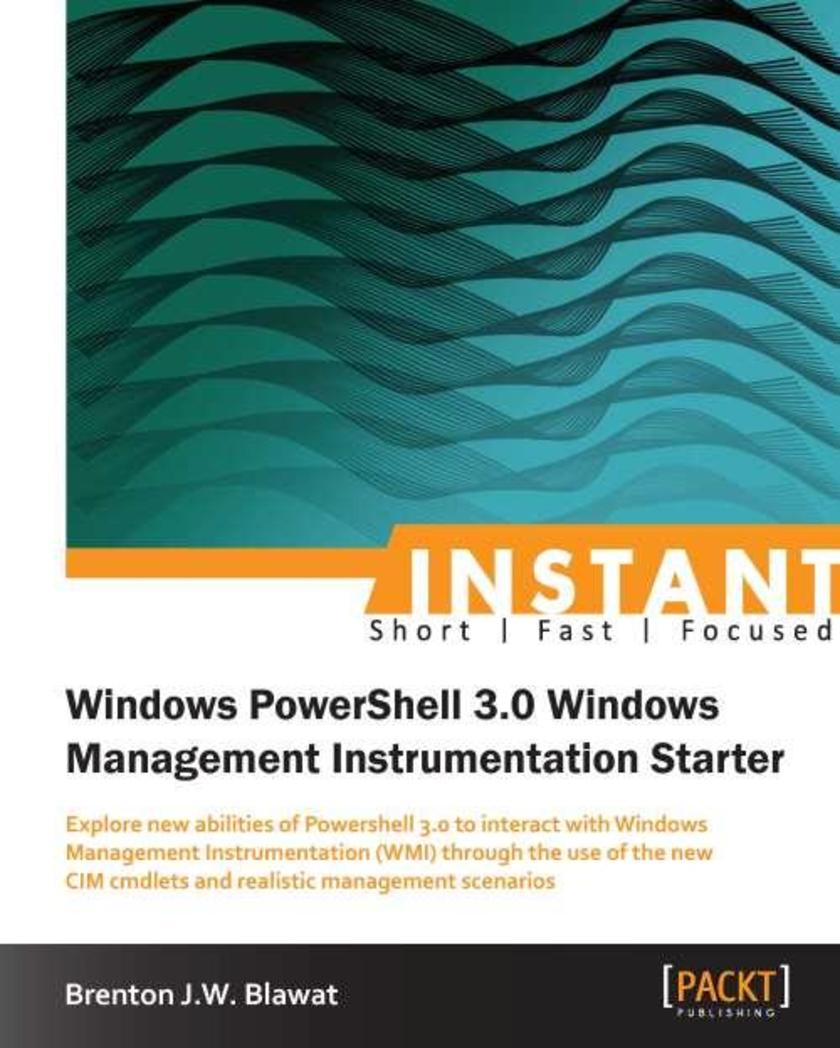
Instant Windows Powershell 3.0 WMI Starter
¥50.13
Get to grips with a new technology, understand what it is and what it can do for you, and then get to work with the most important features and tasks. If you're a keen administrator who wishes to learn more about Windows Management Instrumentation and the use of Cmdlets, then this book is the perfect Starter guide for experienced professionals. This book combines an easy-to-learn approach with practical examples using the powerful Powershell 3.0 in Windows. This book is great for system administrators who would like to learn how to remotely manage systems utilizing PowerShell 3.0. It is assumed that you already have experience with previous versions of PowerShell but the book will provide easy-to-learn, practical examples of how to use the new features included in PowerShell 3.0.
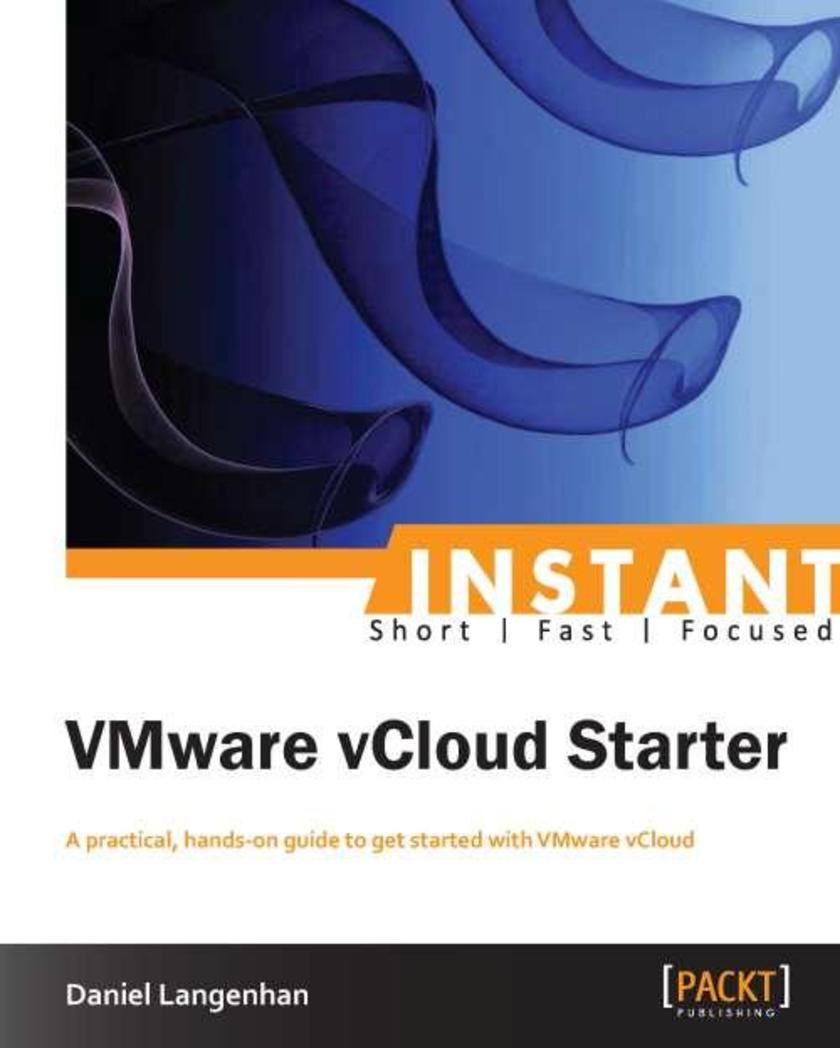
Instant VMware vCloud Starter
¥45.77
Get to grips with a new technology, understand what it is and what it can do for you, and then get to work with the most important features and tasks. This book is written in an easytoread style, with a strong emphasis on realworld, practical examples. Stepbystep explanations are provided for performing important tasks.If you are a Cloud engineer or administrator looking forward to working with vCloud, then this is the best guide to get you started with it.
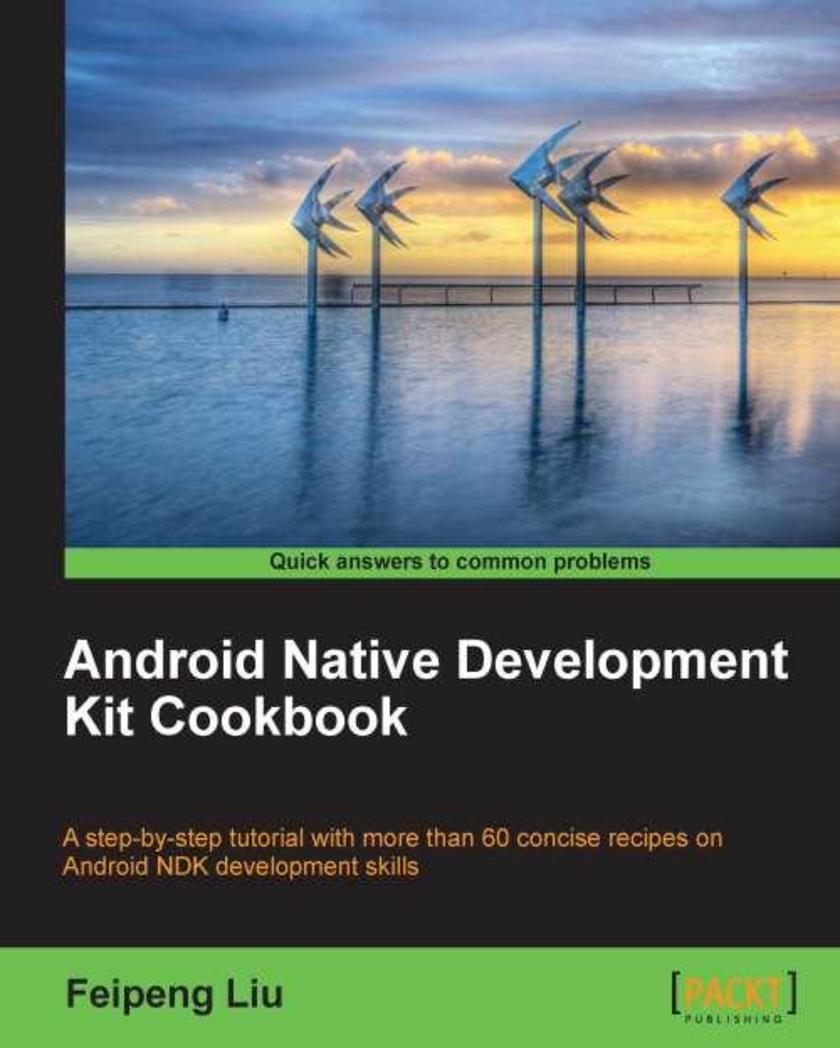
Android Native Development Kit Cookbook
¥90.46
This book is written in a Cookbook style, beginning with recipes which focus on helping developers make their software/application available in Android. Android developers who want to learn Android NDK programming, or develop multimedia and games in Android NDK will benefit from this book.
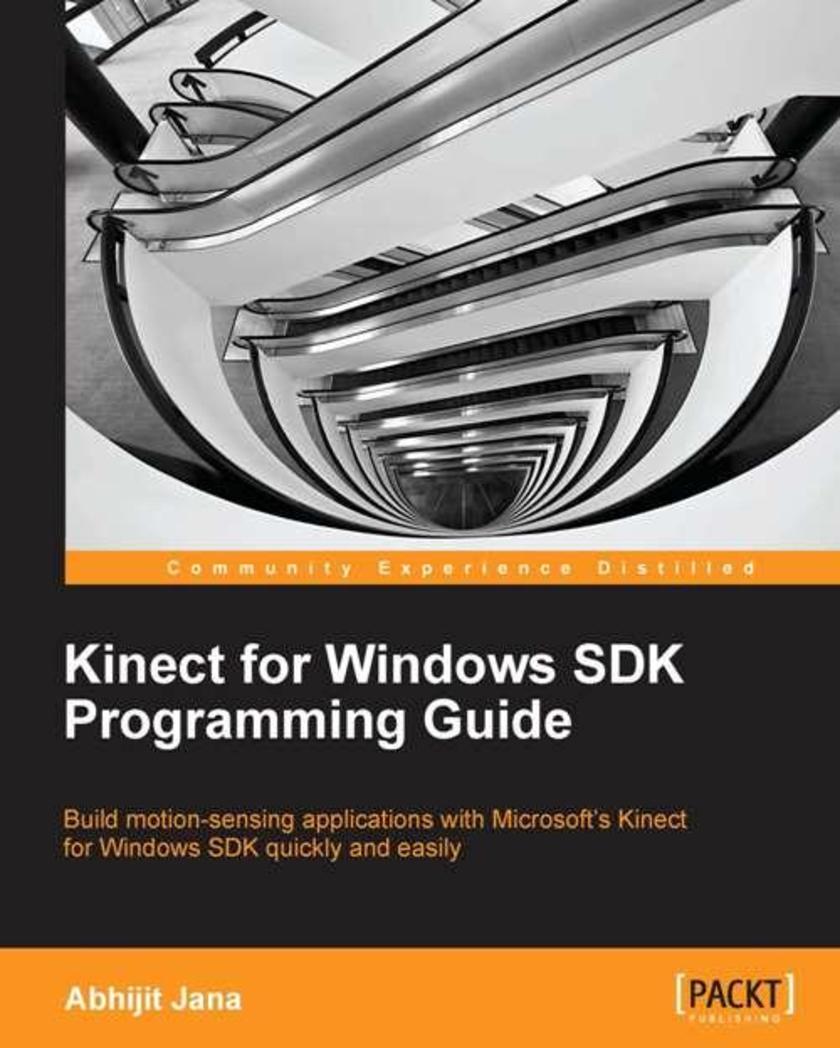
Kinect for Windows SDK Programming Guide
¥80.65
This book is a practical tutorial that explains all the features of Kinect SDK by creating sample applications throughout the book. It includes a detailed discussion of APIs with step-by-step explanation of development of a real-world sample application.If you are looking to develop motion sensing, speech recognizing applications with Kinect, then this book is for you,This book uses C# and WPF in the examples, so you need to know the basics of C# and WPF. You don’t have to know anything about Kinect for Windows SDK.
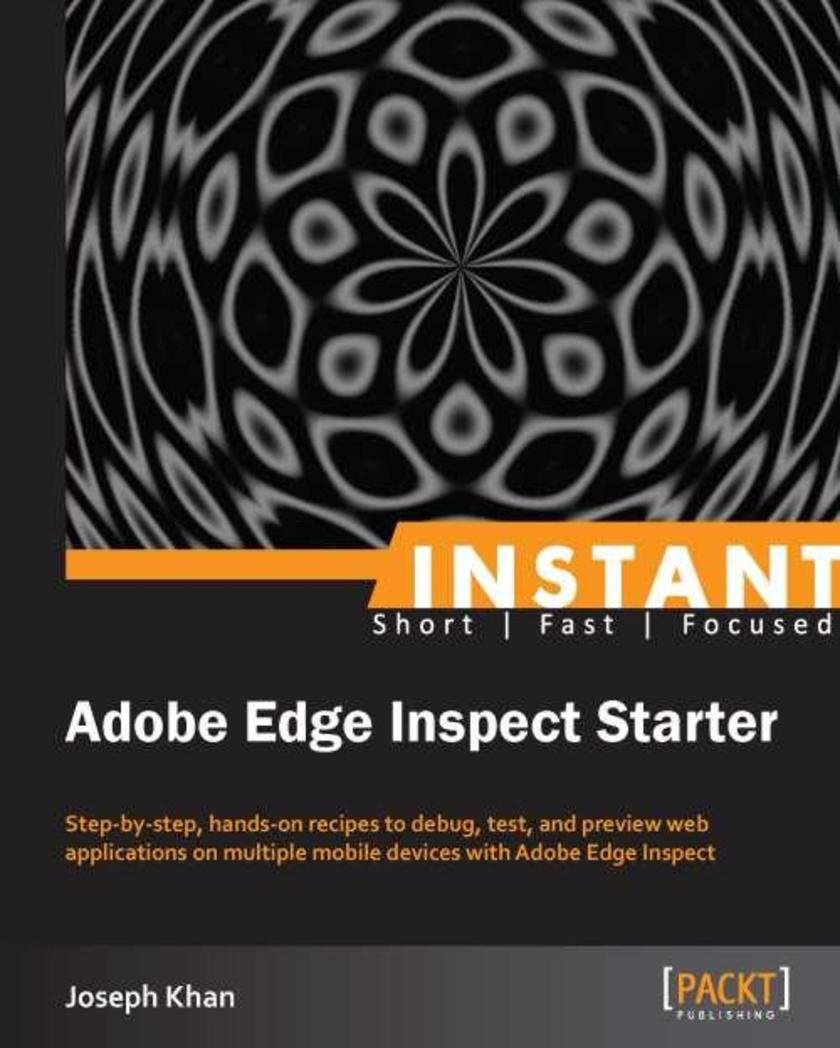
Instant Adobe Edge Inspect Starter
¥41.41
Get to grips with a new technology, understand what it is and what it can do for you, and then get to work with the most important features and tasks. This easy-to-understand Starter guide will get you up to speed with Adobe Edge Inspect quickly and with little effort.This book is for frontend web developers and designers who are developing and testing web applications targeted for mobile browsers. It’s assumed that you have a basic understanding of creating web applications using HTML, CSS, and JavaScript, as well as being familiar with running web pages from local HTTP servers. Readers are also expected to have a basic knowledge of debugging web applications using developer tools such as the Chrome web inspector. And of course you need some mobile devices for running the example in this book and testing it.
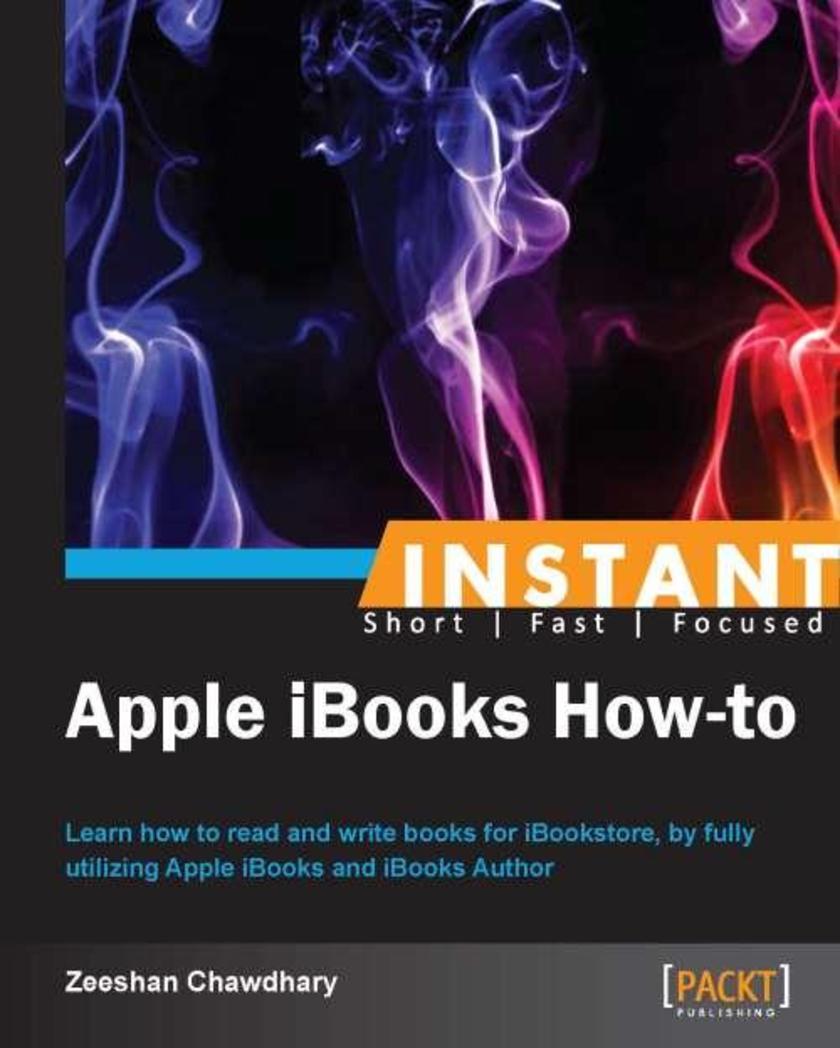
Instant Apple iBooks How-to
¥35.96
Practical guide to create Concrete5 themes This book is great for theme developers new to concrete5 who are looking to use their experience in HTML and CSS to create high quality themes for concrete5. It’s assumed that you have worked with HTML before and can also read code as you’ll see some basic PHP and JavaScript code. There are a few words about using concrete5, but you’re expected to spend a bit of time on your own to get familiar with the concrete5 interface by yourself and by reading some of the articles listed in the book. Readers are expected to have the ability to set up their own concrete5 site, but basic information about the installation and links to follow up are provided though.
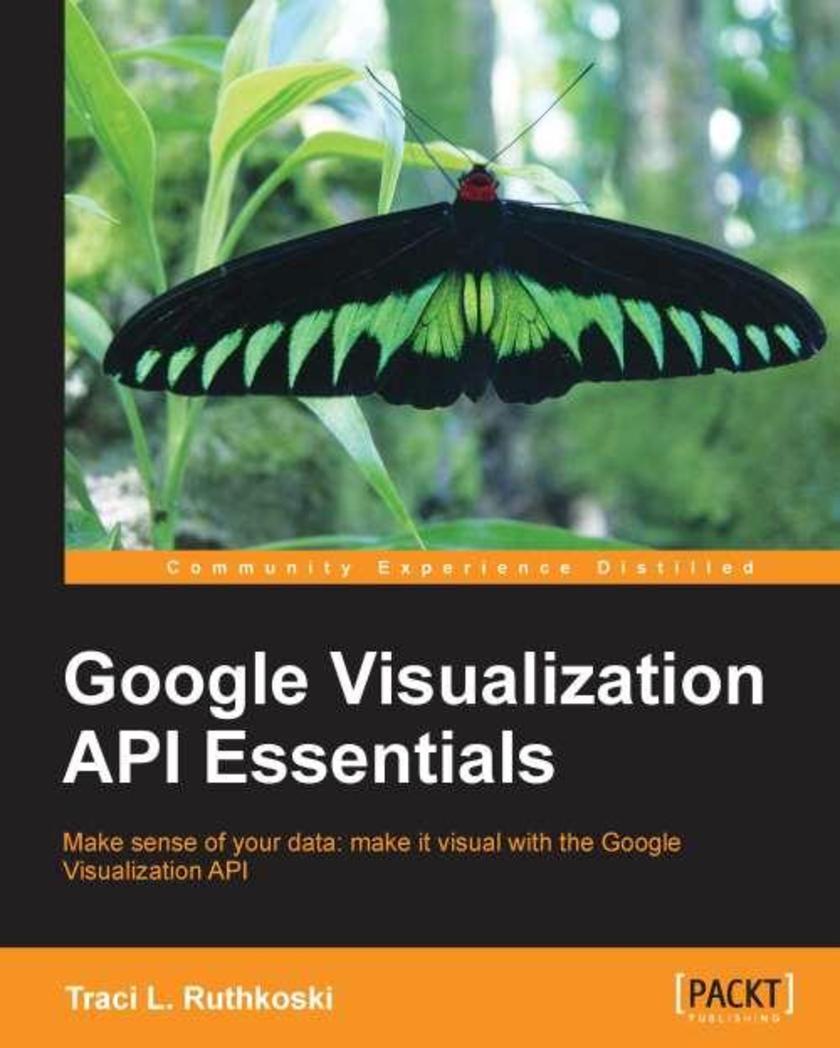
Google Visualization API Essentials
¥80.65
This book is a step-by-step tutorial full of diagrams, core concept explanations, best practice tips, and links to working book examples. This book will show you how create web-ready data visualizations using Google’s infrastructure. Some HTML knowledge is the only requirement, although some JavaScript knowledge is also helpful.
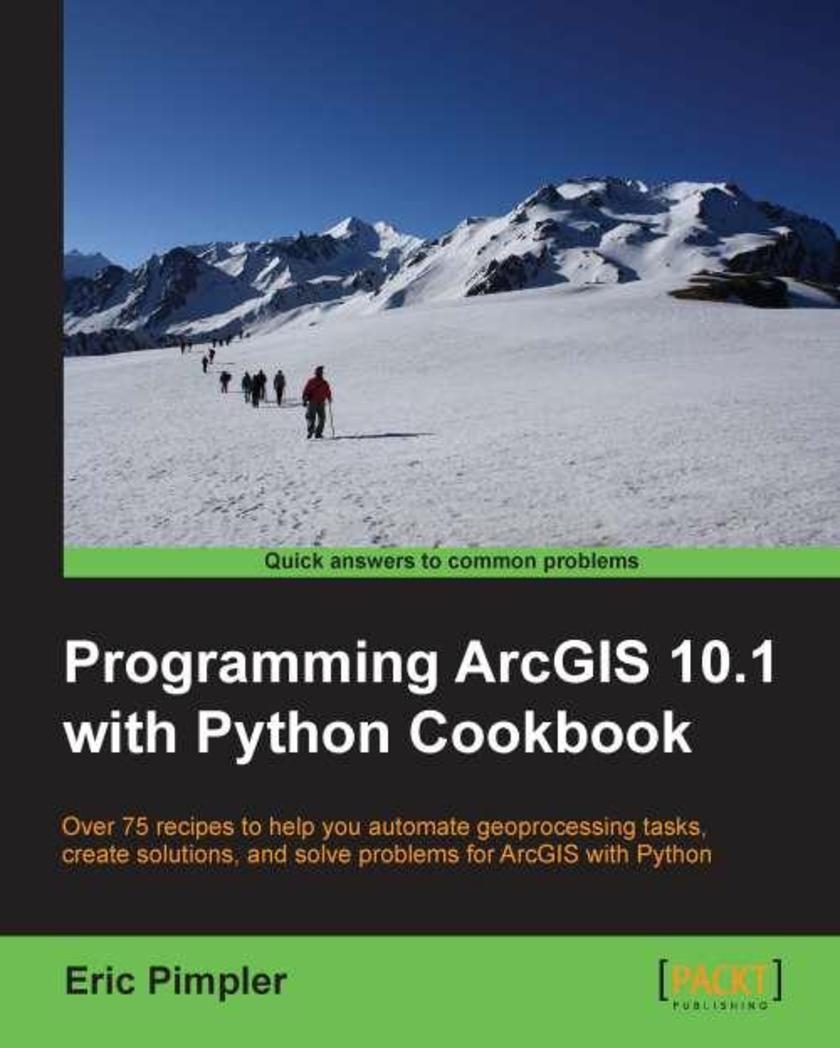
Programming,ArcGIS 10.1 with,Python Cookbook
¥80.65
This book is written in a helpful, practical style with numerous hands-on recipes and chapters to help you save time and effort by using Python to power ArcGIS to create shortcuts, *s, tools, and customizations."Programming ArcGIS 10.1 with Python Cookbook" is written for GIS professionals who wish to revolutionize their ArcGIS workflow with Python. Basic Python or programming knowledge is essential(?).
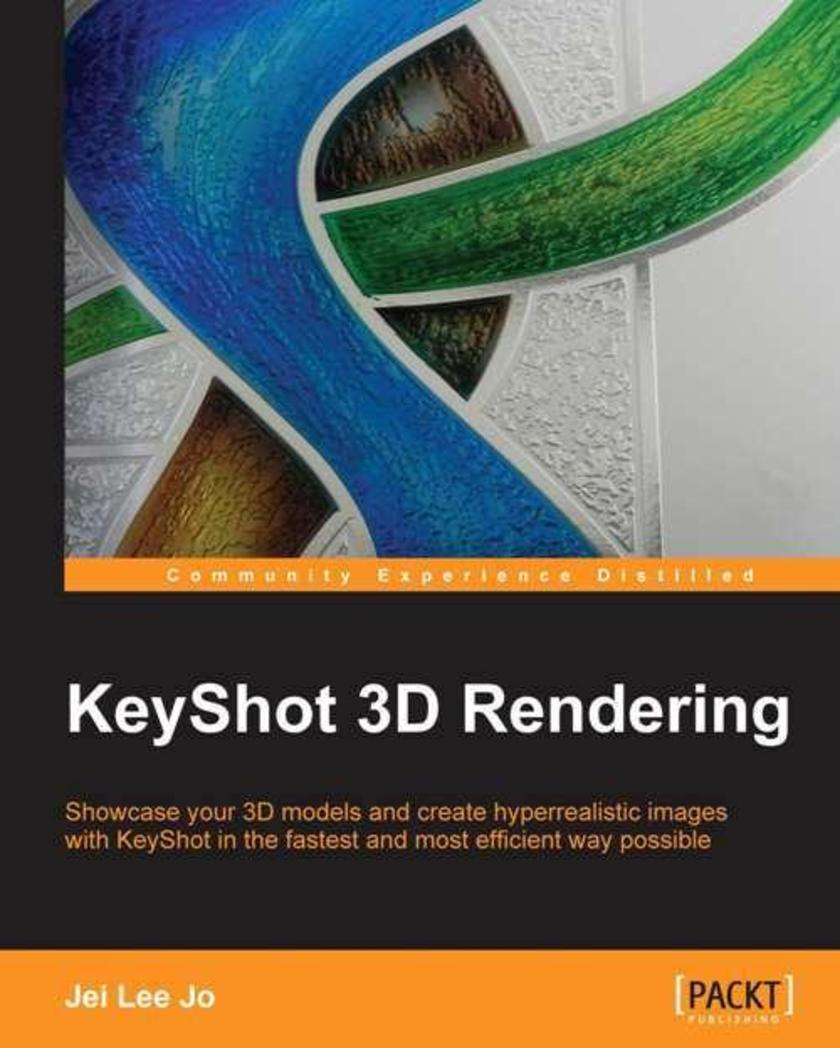
Keyshot 3D Rendering
¥54.49
The book includes a series of step-by-step illustrated tutorials supported by a detailed explanation for each aspect of the 3D rendering procedure. Some of the procedures or steps may be omitted if they have been previously explained in an exercise or chapter. "Keyshot 3D Rendering" is ideal for beginners and professionals who are involved with product development, entertainment, and industrial design. It is recommended for readers who already have some level of experience with 3D modelling, texturing, and rendering applications.




 购物车
购物车 个人中心
个人中心



